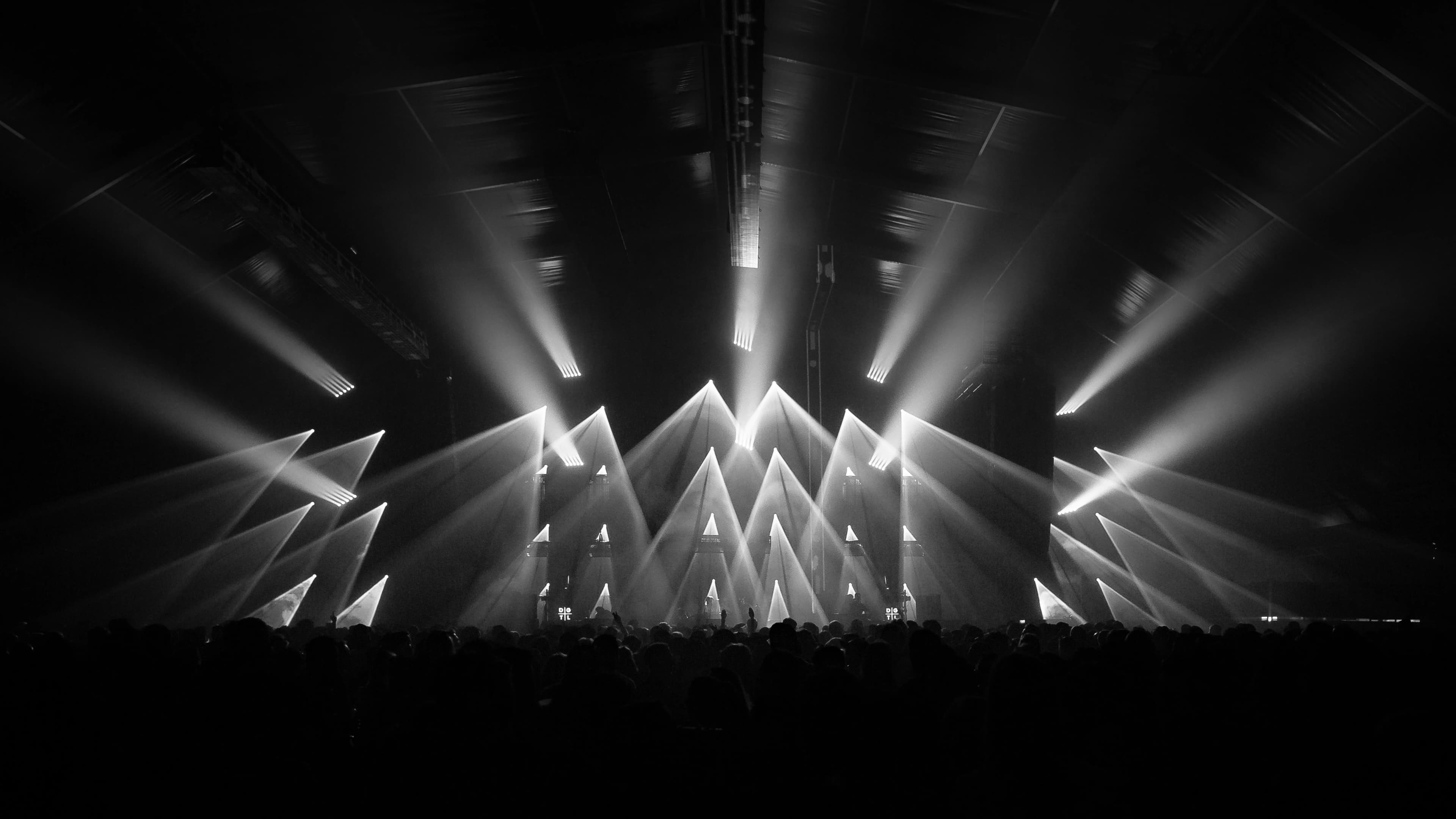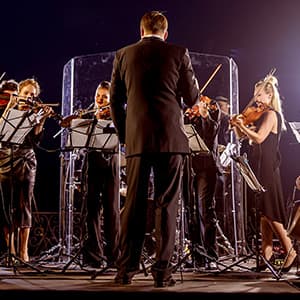

Sibelius Violin Concerto Tickets
Up to 30% Off Compared to Competitors.
Location: Select Location (e.g, New York)
Events Nearby
We're Sorry. There are currently no events near you.
About Sibelius' Violin Concerto
Currently, Sibelius's Violin Concerto continues to be a highlight in orchestral concert programs around the globe. Major symphony orchestras frequently feature this concerto as part of their annual seasons, inviting prominent soloists to perform it. In recent months, there have been several notable performances, including those by celebrated violinists like Hilary Hahn and Janine Jansen, who have brought their interpretations to audiences in prestigious venues. Additionally, the concerto has been featured in various competitions, showcasing emerging talents. With its timeless appeal, the concerto remains a favorite for both audiences and performers alike, celebrated for its profound emotional resonance and technical brilliance. Upcoming concert schedules indicate that many orchestras are planning to present Sibelius's Violin Concerto in the coming months, ensuring that this masterpiece continues to be a significant part of the live music experience.
Sibelius' Violin Concerto History
Jean Sibelius's Violin Concerto in D minor, Op. 47, is one of the most celebrated works in the violin repertoire. Composed between 1902 and 1904, it was originally rejected by the Finnish composer, who revised it significantly before its premiere in 1905. The concerto blends elements of Finnish folk music with rich Romanticism, showcasing Sibelius's unique style. The piece was first performed by the virtuoso violinist Viktor Nováček and the Helsinki Philharmonic Orchestra, receiving a mixed reception initially. However, it soon gained popularity and has since become a staple in concert halls worldwide. The concerto is known for its emotional depth, technical challenges, and the way it reflects the landscapes and spirit of Finland. The first movement features a powerful orchestral introduction, followed by a soaring violin solo that establishes the concerto's dramatic character. The second movement is lyrical and introspective, while the third movement brings a vibrant and energetic conclusion, often requiring virtuosic skills from the soloist. Throughout the years, many renowned violinists have performed and recorded the work, contributing to its status as a cornerstone of the violin repertoire.
